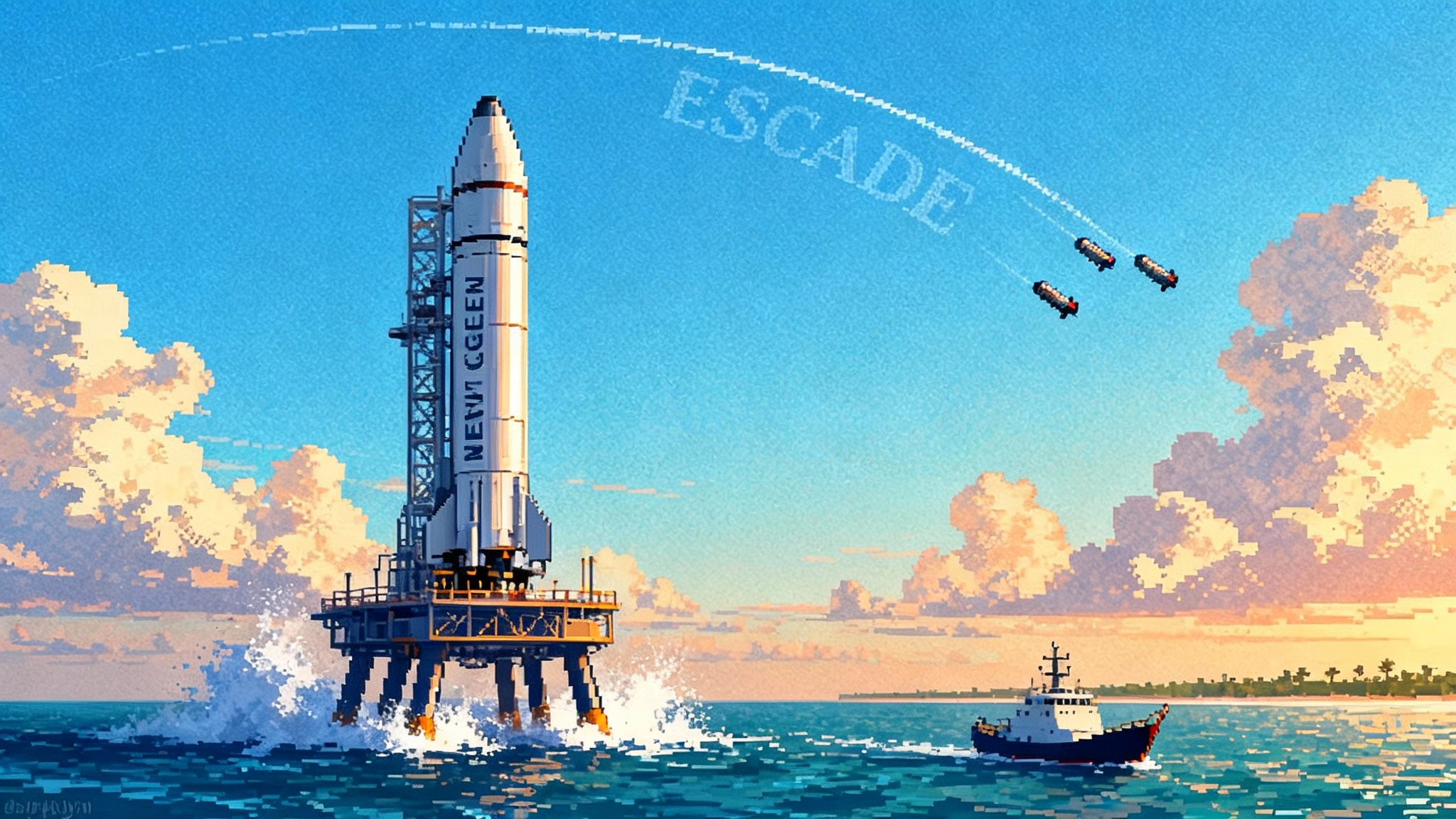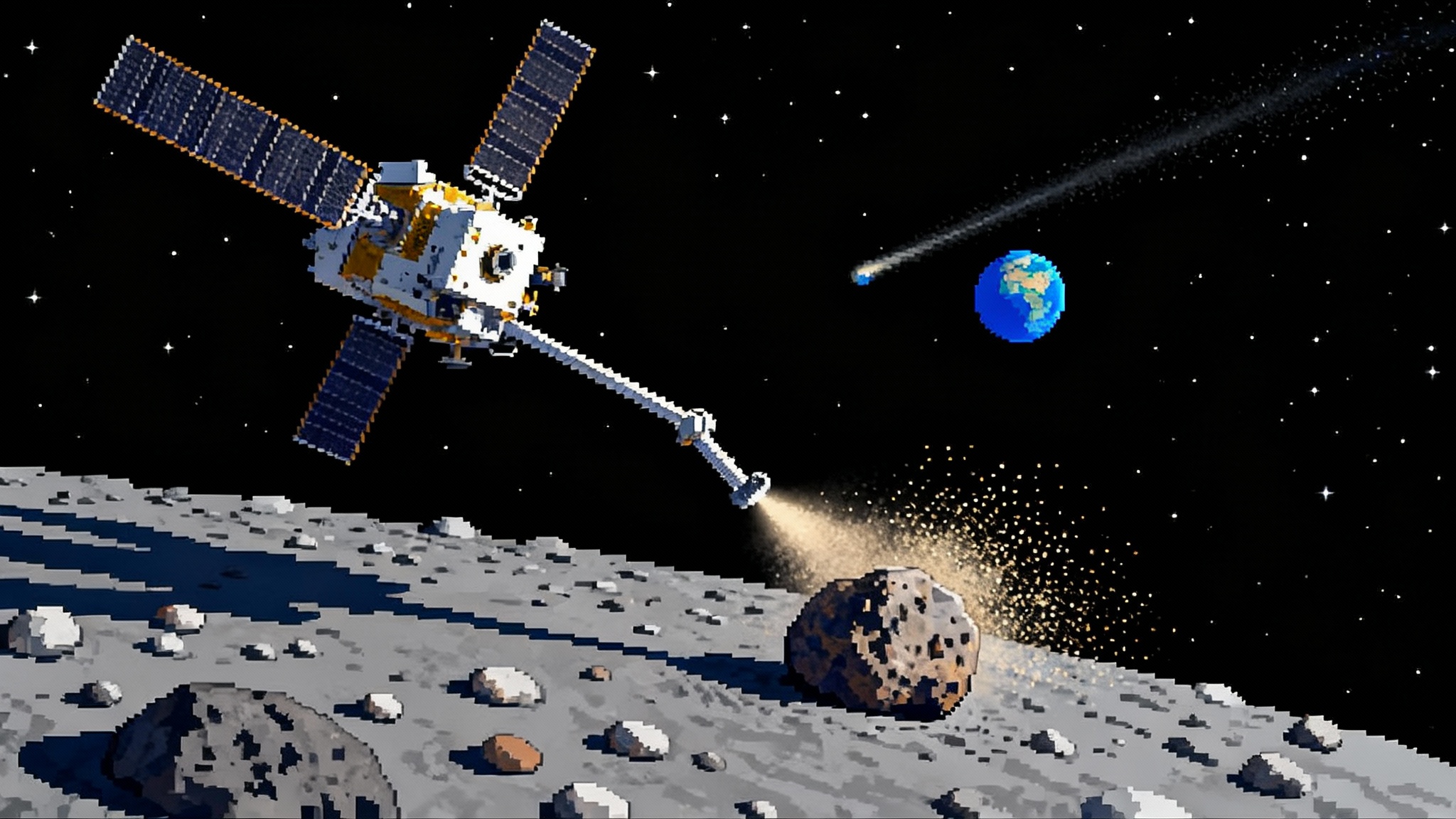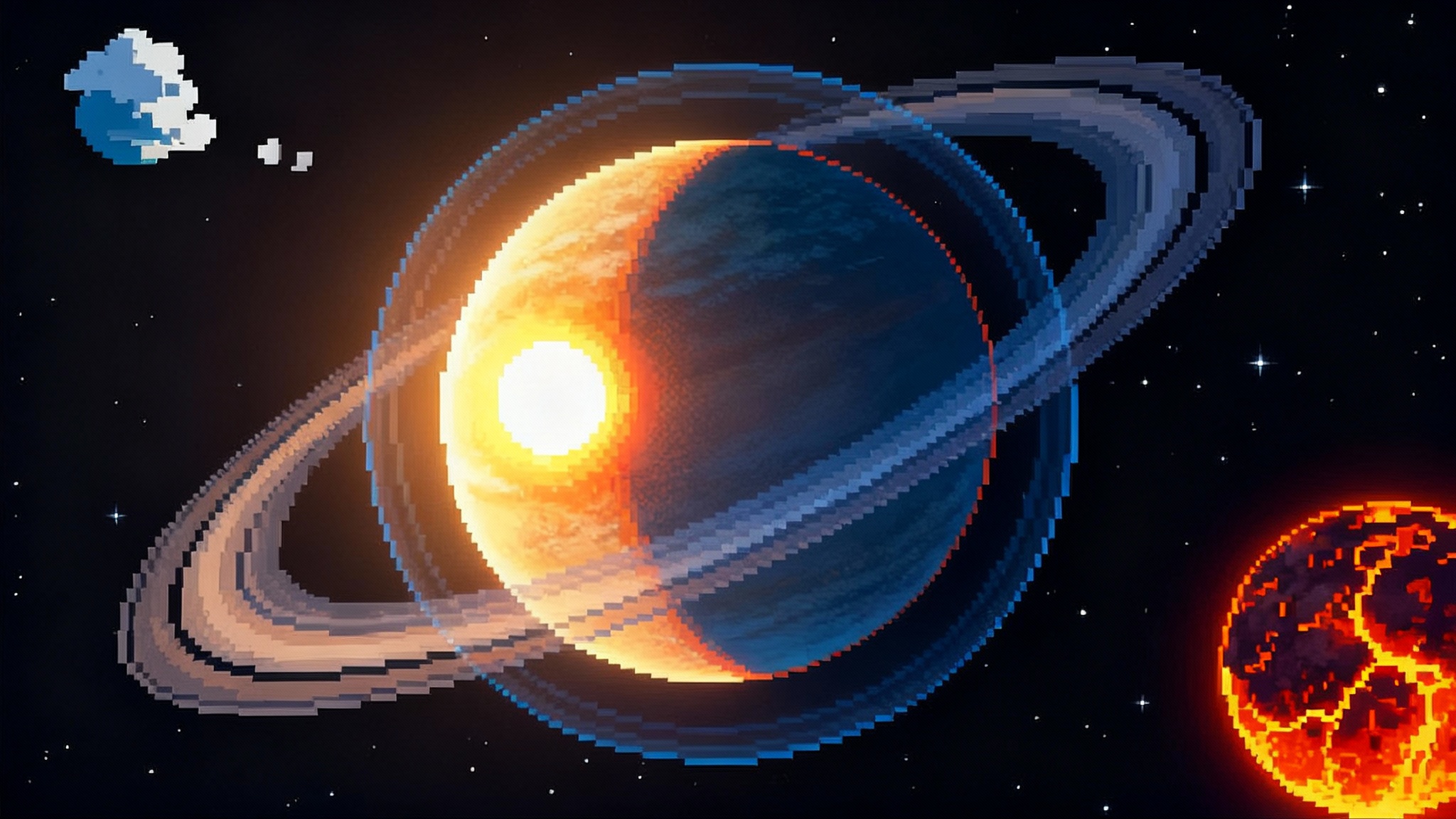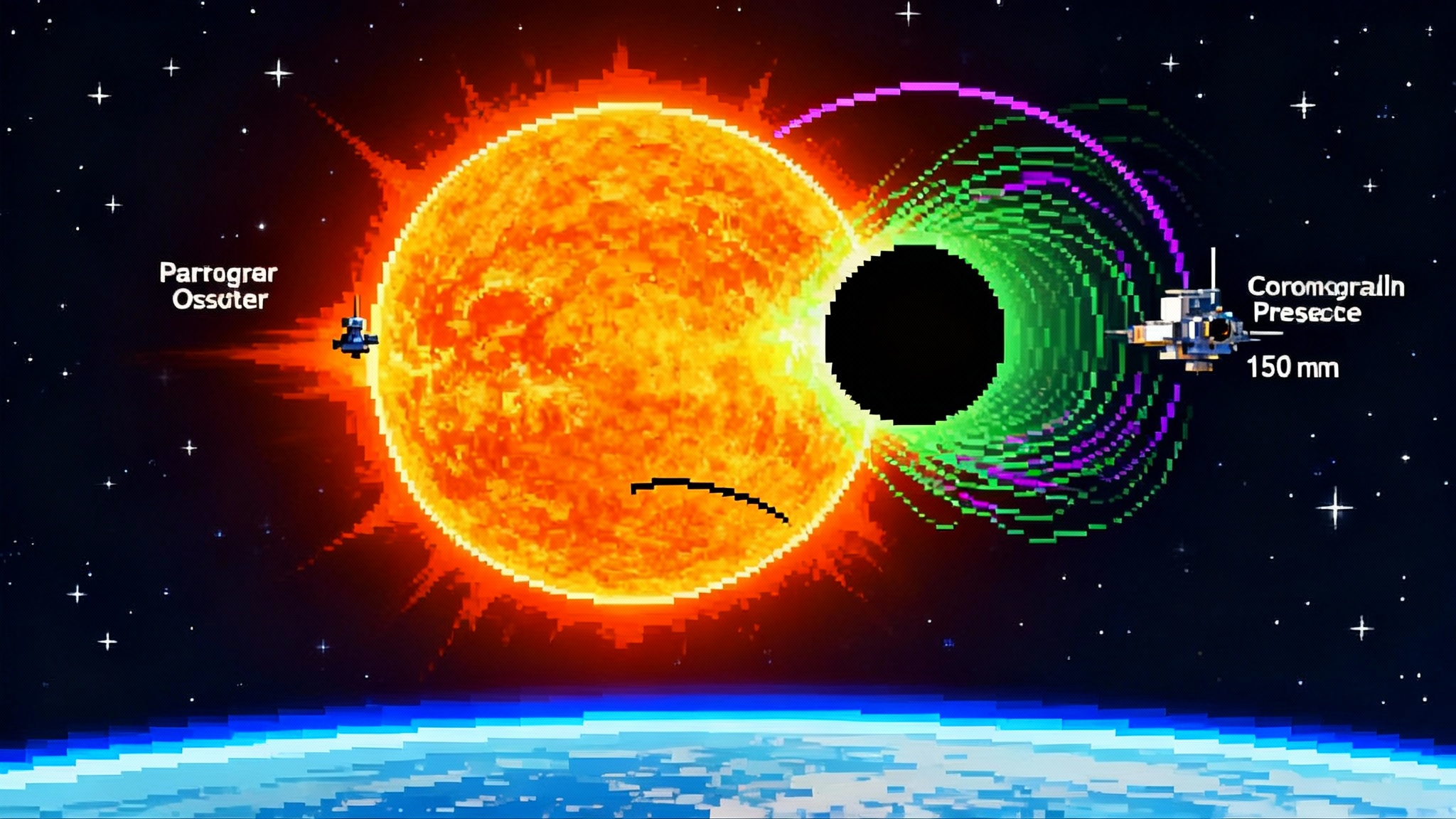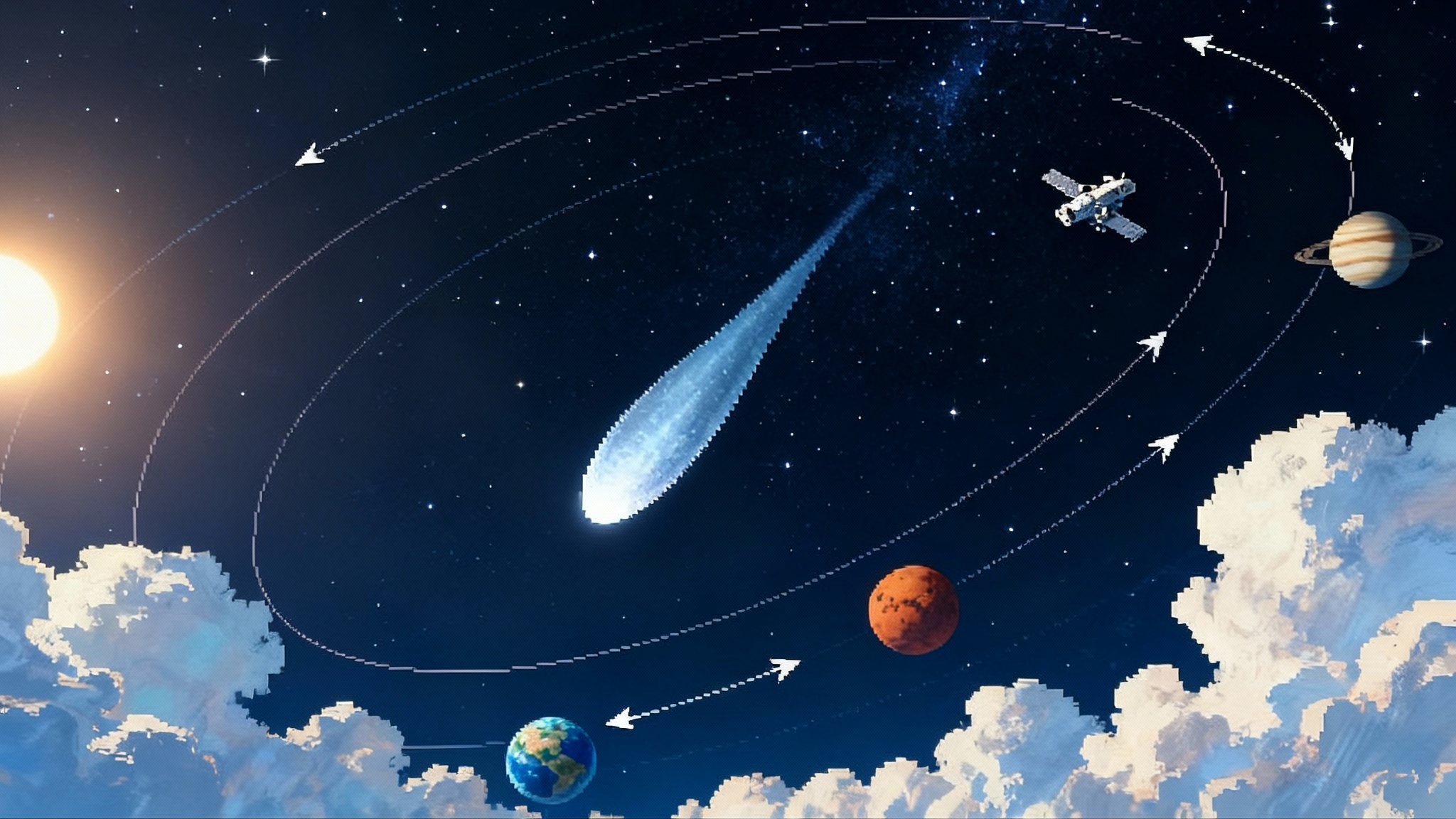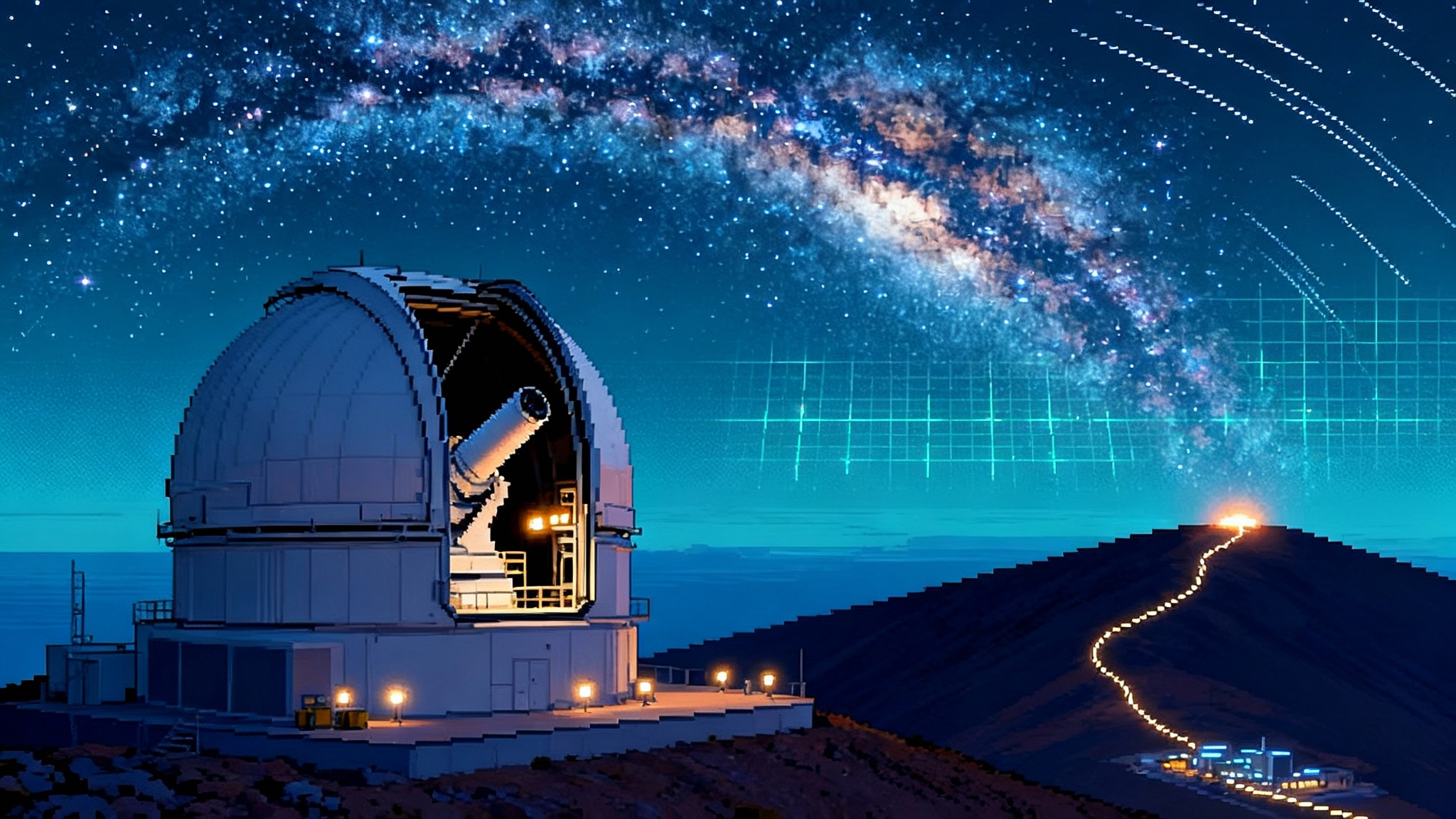NEO Surveyor locks launch as 2025 integration begins in Utah
NASA’s infrared asteroid hunter has a Falcon 9 ride and is entering hardware integration in Logan, Utah. From Sun-Earth L1 it will spot dark, sunward NEOs years earlier.
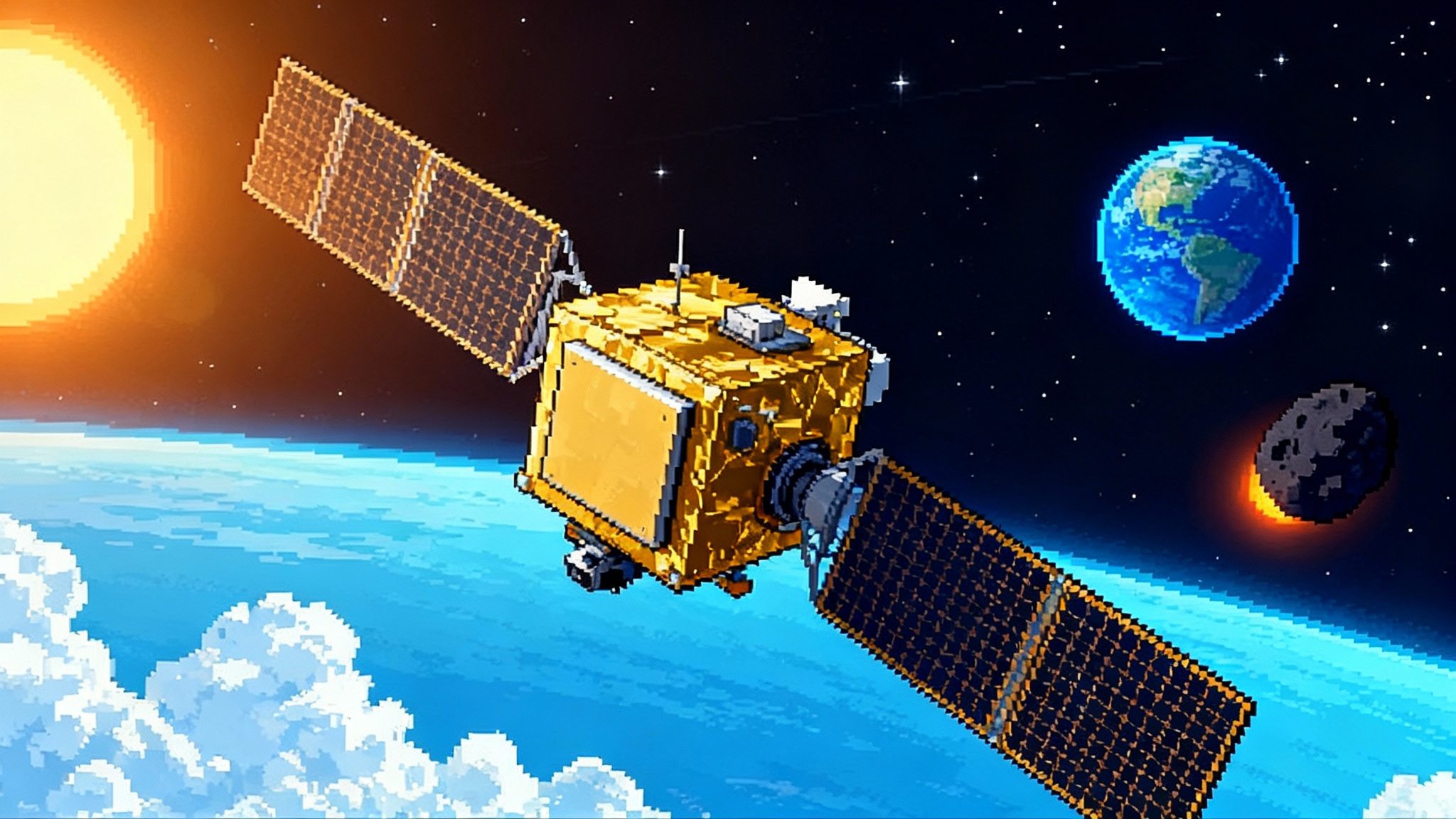
Breaking through the glare
Space agencies have gotten very good at finding the neighborhood’s big rocks, but the ones that sneak in from the direction of the Sun still worry planetary defenders. Those objects are tricky for visible-light telescopes because the sky near the Sun looks like a blown-out white sheet. NEO Surveyor, a dedicated infrared space telescope led by NASA’s Jet Propulsion Laboratory, is designed to look straight into that glare and see what visible-light surveys miss.
In February 2025 NASA selected SpaceX to launch NEO Surveyor on a Falcon 9, targeting no earlier than September 2027. The selection turned a long-planned mission into a scheduled one and put the final logistics around trajectory, mass margins, and delivery cadence on a firm path. The launch decision is the trigger for downstream contractors to lock interface requirements and for the mission to move from design talk to build-and-test reality. NASA launch contract announcement put a public stake in the ground for timing and budget.
What changed in 2025
Two things converged to make 2025 the inflection point. First, the launch contract, which converts years of preparatory design into a concrete schedule that suppliers can build against. Second, key hardware entered the integration flow. The telescope’s instrument enclosure returned from environmental testing, and the plan is to ship major assemblies to Space Dynamics Laboratory in Logan, Utah, where the observatory will be integrated and tested before delivery for launch operations. NASA’s program updates describe an integration campaign that spans structures, thermal systems, electronics, and the two infrared channels that give NEO Surveyor its hunting vision. NASA design and integration outlines the sequence.
In practical terms, 2025 is when the mission stops being a deck of PowerPoint slides and becomes a flight article. For readers who follow spacecraft builds, this is the moment you can start to track shipping crates, clean room schedules, and thermal vacuum runs, not just paper milestones.
The vantage point that beats Earth’s day and night
After launch, NEO Surveyor will take up residence near the Sun and Earth L1 Lagrange point, about one and a half million kilometers sunward of Earth. Think of L1 as a stable perch where the tug of the Sun and Earth balances in a way that lets a spacecraft loiter with modest station-keeping. From L1, the telescope sees a continuous view that is impossible from the ground, with no weather, no twilight, and no daily day-night cycle interrupting the pattern. For a recent example of how L1 enables constant monitoring, see IMAP early warning at L1.
The value of that perch is not simply uninterrupted time on sky. It is geometry. Many hard-to-find near Earth objects, often called NEOs, approach from inside Earth’s orbit. To telescopes on Earth, those objects appear near the Sun in the sky, washed out by glare. From L1, the telescope can look outward at angles that include the sunward approach lanes while keeping the warm star itself safely off the detectors.
Why the instrument sees what others miss
NEO Surveyor is not just about where it sits, it is about what it sees. The telescope looks in two infrared bands, which are sensitive to heat rather than reflected sunlight. Most small asteroids are dark, with surfaces that absorb sunlight and re-emit it as heat. In visible light they can be almost coal black against space, but in the mid infrared they glow like embers. By measuring that heat directly, NEO Surveyor can detect objects that visible-light surveys might not see at all or might mistake for something smaller and safer.
Infrared also helps with sizing. When you only see reflected light, a big dark object and a small bright object can look the same. Thermal emission breaks that degeneracy because the amount of heat re-radiated depends on the actual size and temperature. With two infrared channels, the telescope can disentangle size, reflectivity, and, to some extent, surface properties. That matters for risk: kinetic energy scales with mass, and mass scales with size. The difference between a fifty meter asteroid and a one hundred forty meter asteroid is the difference between local damage and regional disaster.
Tighter warning timelines, in plain numbers
Planetary defense is a race between discovery and orbital mechanics. Today, an object discovered late might offer months of notice, which is enough to evacuate a city but not enough to build and launch a deflection mission with confidence. The United States Congress set a high bar, tasking NASA to find the vast majority of potentially hazardous objects larger than one hundred forty meters. The mission design targets a five year baseline survey to catalog roughly two thirds of that population, with continued operations pushing further.
What does that mean in practice? Imagine an object on a multi-year path that will cross Earth’s orbit in 2033. If it is dark and approaching sunward, a visible-light network might not spot it until it arcs away from the Sun late in the approach, perhaps with only a year or two to go. From L1, in infrared, NEO Surveyor can see the object much earlier, while its geometry is still unfavorable for ground telescopes. Early detection yields more tracklets, which improves orbital solutions. With years instead of months, you can send a small reconnaissance spacecraft, refine mass and spin state, and, if needed, plan a deflection that nudges the object while it is still far away, where a tiny push translates into a large miss distance at Earth.
That time dividend changes everything down the chain. Follow-up telescopes can schedule observations instead of chasing panic alerts. Radar teams at Goldstone or other facilities can plan campaigns to nail down shapes and rotation. Mission planners can run design trades with real data rather than worst case assumptions. Insurance carriers and civil authorities can model impact probabilities with more stable statistics. The benefit is not only fewer surprises, it is better choices.
How NEO Surveyor complements ground surveys
NEO Surveyor does not replace the giant surveys on Earth, it meshes with them. The Vera C. Rubin Observatory’s Legacy Survey of Space and Time will sweep the night sky in visible light with remarkable depth and cadence. It will excel at detecting faint objects away from the Sun and at producing repeated observations that refine orbits. NEO Surveyor will see on the sunward flanks and will be less sensitive to surface reflectivity. Taken together, they form a stereoscopic view of the small body population, each covering the other’s blind spots. For context on Rubin’s ramp-up, see Rubin’s first images.
Here is a concrete workflow. NEO Surveyor flags a warm, dark object at a modest phase angle. The object is too close to the Sun to be seen by ground telescopes right away, but within weeks the geometry shifts. Ground surveys pick it up, cross match the detection, and rapidly drive down the orbital uncertainty. If the object looks interesting rather than threatening, spectroscopists target it for composition clues. If it looks risky, radar and astrometric teams mobilize. The combination gets you more certain answers sooner.
The build, the team, and the supply chain
Space missions are seldom built by a single lab. NEO Surveyor is led by NASA’s Jet Propulsion Laboratory, with the Planetary Defense Coordination Office as the customer inside NASA. Space Dynamics Laboratory in Utah is the integration house. Teledyne supplies infrared detectors that have heritage on space telescopes. BAE Systems contributes electronics. The Laboratory for Atmospheric and Space Physics at the University of Colorado will help operate the mission, and the Infrared Processing and Analysis Center at Caltech will process the data entering the archive. Each name matters because it reflects a piece of the risk retired. Infrared detectors are a nuanced art, thermal control is unforgiving, and deep space communications pipelines must scale to sustained survey operations.
The launch service brings its own discipline. SpaceX’s Falcon 9 is a well characterized launcher with a rich telemetry record and predictable processing flow. That means the spacecraft team can plan environmental tests that mimic ascent loads and acoustics with fewer unknowns. The range in Florida, where Falcon 9 will fly, has matured procedures for interplanetary trajectories and for deep space network handovers. All that translates to fewer surprises during the last six months before liftoff, when surprises are expensive.
What an infrared catalog unlocks for science
Catalogs are not just lists, they are hypothesis engines. A dense map of small bodies with thermal characteristics gives planetary scientists a way to test how asteroids form, fragment, and evolve. With NEO Surveyor’s two infrared bands, researchers can infer surface roughness, thermal inertia, and possibly the presence of regolith or metal-rich patches. Combine that with light curves from ground telescopes and radar silhouettes, and you start to see not just rocks but geologic histories.
Expect a late 2020s surge in focused small body campaigns. With more targets identified early, teams can time observations at opposition, coordinate radar and infrared windows, and feed models that explain why certain families of asteroids cluster in space and composition. Missions like Hera, OSIRIS-APEX, Japan’s small body explorers, and Tianwen‑2’s two‑stop gamble will benefit simply by having a richer menu of well characterized objects to choose from for flybys and rendezvous.
The commercial angle, finally with data
Commercial space has long circled the idea of small body resources, chiefly water that can be split into hydrogen and oxygen for propellant and oxygen for life support. The bottleneck has always been target certainty. If you do not know where the interesting objects are, what they are made of, and how they spin, it is hard to raise money for a scout, let alone a mining test. NEO Surveyor changes that conversation by making the list of nearby, energetically accessible asteroids much more complete and by adding size and thermal clues that map to composition.
What might businesses actually do with that? Three near term plays make sense.
- Remote characterization as a service. Small companies could build cubesats that hitch rides on interplanetary missions to perform flyby spectroscopy of newly discovered bodies.
- Navigation and tracking services. As more small bodies receive temporary designations, there will be demand for precise ephemerides and conjunction forecasts for spacecraft safety.
- Science logistics. University groups will want data pulled and analyzed quickly when new detections happen; there is room for cloud based pipelines that specialize in small body alerts, light curve extraction, and cross matching across catalogs.
None of this requires speculative mining. It requires a reliable, timely catalog, and that is exactly what an infrared scout at L1 promises.
From detection to decision: what to do now
For agencies and observatories, the action is straightforward.
- Secure follow up capacity. Budget and schedule radar and optical time in the late 2020s to ingest NEO Surveyor discoveries without delay. The payoff from the space telescope depends on a rapid cadence of confirmation and orbit refinement.
- Build a red team for edge cases. The hardest bugs hide in data pipelines. Investing early in cross checks between infrared detections and visible-light surveys will reduce the odds of a late stage surprise.
- Pre design reconnaissance packages. Small, rapidly configurable spacecraft that can be dispatched on short notice will turn early warnings into high quality physical data about specific objects.
For cities and civil authorities, the action is planning.
- Update emergency playbooks. Years of warning change evacuation logistics, public messaging, and where you put scarce resources.
- Run tabletop exercises. Practice the difference between a six month notice and a four year notice; the decision tree is not the same.
For entrepreneurs, the action is product discipline.
- Align to real cadence. NEO Surveyor’s survey will build over years; plan services that improve as the catalog grows rather than bet on a single headline object.
- Focus on derived value. Tools that convert thermal detections into actionable properties, like surface stability for landers or spin states for proximity operations, will be more valuable than raw data mirrors.
What to watch next
Between now and delivery to the launch site, watch for three milestones. First, shipment of the optical telescope assembly and instrument enclosure to Utah. That is the point where the observatory becomes a single integrated system. Second, completion of thermal vacuum tests that demonstrate the detectors and radiators can hold the temperatures needed for clean infrared data. Third, the pre ship review that signs off on performance and reliability. Each step is visible to the outside world through test photos, partner announcements, and the cadence of NASA status notes.
On the launch side, keep an eye on payload integration interfaces and fairing fit checks. Because Falcon 9 is a mature launcher, any change here would be more about spacecraft decisions than rocket surprises. If the team finishes on schedule, the ride to L1 becomes a straightforward cruise, with commissioning to follow and survey operations ramping as the sky is tiled.
The bottom line
The leap from “we should find the dark, sunward asteroids” to “we will watch for them every day” is a change in kind, not just degree. In 2025, NEO Surveyor crossed the line from plan to committed build. A launch is on the books, major hardware is moving into integration, and the pieces are aligning for first light before the decade is out. Once the telescope is on station at L1, the neighborhood gets brighter in the wavelength that matters for hidden rocks. That will make our predictions longer, our choices wiser, and our science richer. The story of planetary defense turns on time, and this year, time started to turn in our favor.

